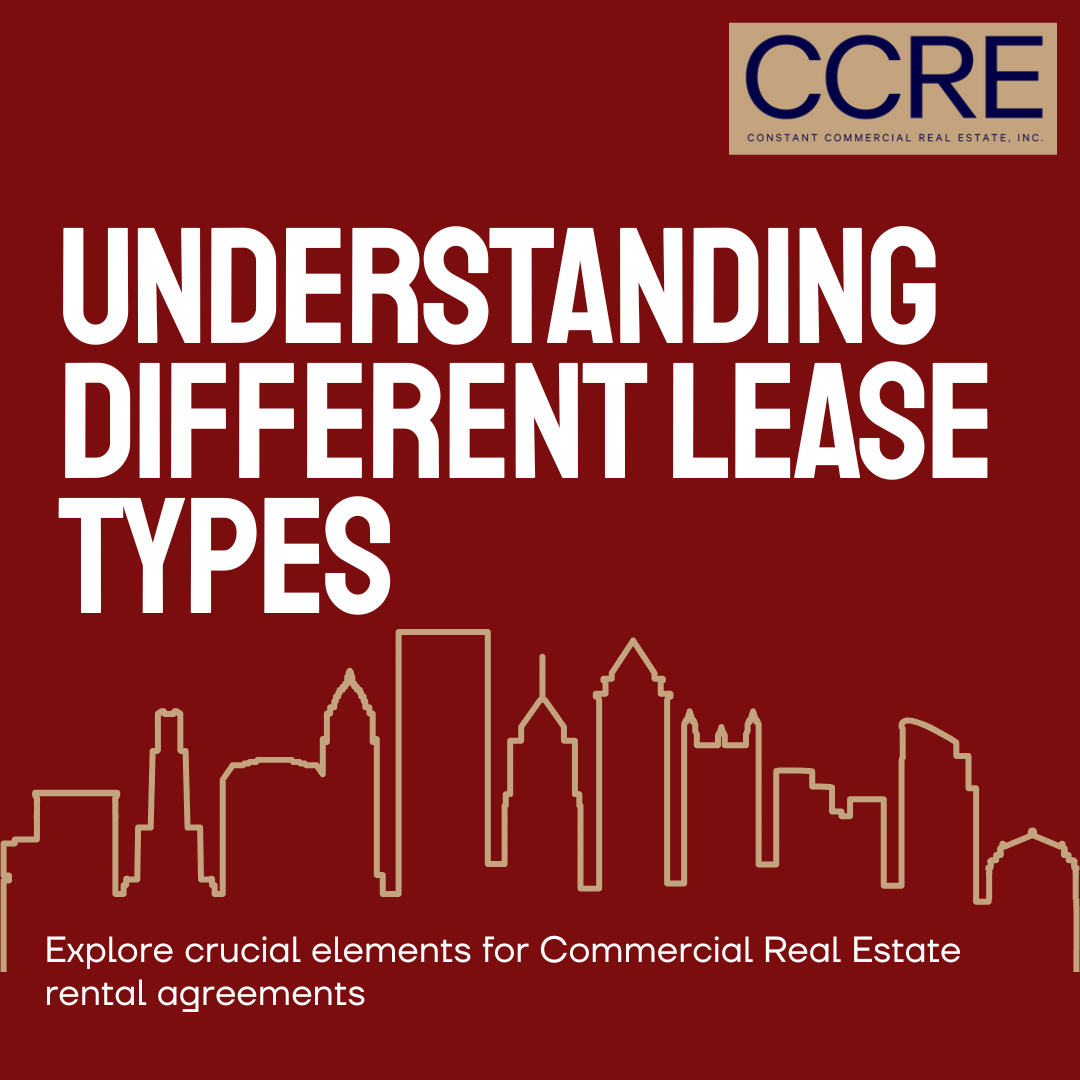September 10, 2025
Chase Yield, Not Cap Rates!
For anyone involved in commercial real estate, the term capitalization rate is everywhere. It’s often the first metric cited to quickly judge a property's value and potential return. And while it's an essential tool, an over-reliance on this single figure can be misleading. In competitive markets like Portland and the Willamette Valley, the savviest investors know a crucial secret: chase yield, not just cap rates.
A low capitalization rate doesn't always signal a bad deal, just as a high one doesn't guarantee a winner. The real story of a property’s potential is often found in the deeper financial metrics that reveal its true profitability. This guide will break down why a holistic approach is critical for a successful investment.
What is a Capitalization Rate? The 101
At its core, a cap rate is a simple, back-of-the-napkin calculation. It represents the potential rate of return on a real estate investment based on the income it is expected to generate. The formula is straightforward: Capitalization Rate = Current Market Value / Net Operating Income (NOI).
For example, a property with an NOI of $50,000 that is listed for $1,000,000 has a capitalization rate of 5%. It’s a quick way to compare the relative value of similar properties. A higher cap rate generally suggests higher potential returns (and often, higher risk), while a lower one implies lower risk (and lower returns). But what if those "returns" are based on outdated, below-market rents? Also note that capitalization rates are excluding debt - the purpose of this metric is to remove the variability of debt by analyzing properties values based on the yield if they were owned in call cash.
Where Cap Rates Can Steer You Wrong
The biggest flaw of the cap rate is that it’s a snapshot based on a property's current performance. It doesn't account for potential.
Consider a retail building in the Willamette Valley with long-term tenants paying rents that are 30% below the current market rate. Because the Net Operating Income is artificially low, the property might trade at a seemingly unattractive 4.5% cap rate. Many investors would pass on it. But the smart investor sees an opportunity. They understand that by bringing rents up to market levels, the NOI will significantly increase, creating a higher return on their initial investment than the capitalization rate ever suggested. This is the essence of a value-add opportunity. Properties with operational inefficiencies or untapped potential are often hidden gems disguised by a low cap rate.
The "Multiplier Effect" of Low Cap Rate Markets
While a low capitalization rate might seem less attractive on the surface, it creates a powerful "multiplier effect" when you successfully increase a property's income. Because value is calculated by dividing NOI by the cap rate ( Value = NOI / Capitalization Rate
), every dollar of new income you add is worth more in a low-cap market.
Let's look at a simple example. For every dollar you increase a property's annual NOI through rent increases or expense reductions, you create new value.
- In a low-cap market like Portland, a property might trade at a 5.5% capitalization rate. For each $1,000 of NOI you add, you increase the property's value by $18,181 ($1,000 / 0.055).
- In a fictitious Midwest market, a similar property might trade at a 9% capitalization rate. For each $1,000 of NOI you add, you increase the property's value by only $11,111 ($1 / 0.09).
For the exact same amount of work, the investor in the lower cap rate market sees a significantly higher return on their effort. This is a key reason why value-add strategies are so potent in competitive major markets.
The Subjective Nature of a Capitalization Rate
Beyond being just a snapshot in time, a capitalization rate can also be surprisingly subjective. The calculation hinges entirely on the Net Operating Income (NOI), and how the NOI is calculated can vary between appraisers, brokers, and underwriters. One party might calculate NOI without including a vacancy factor, while another might insist on a 5% vacancy reserve. Some may omit management fees if the property is self-managed, while a lender’s underwriter will almost certainly add them back in. Discrepancies in how operating expenses or future capital expenditures are factored in can also significantly alter the final NOI. These seemingly small adjustments can change a property's stated capitalization rate, making it crucial for investors to look past the headline number and scrutinize the underlying assumptions. Always ask how the NOI was calculated before accepting a cap rate at face value. This is especially true when looking at properties on residential platforms like Zillow, redfin, home.com and trulia. The stated capitalization rate is parsed from the brokers input into the MLS and oftentimes are omitting taxes and insurance. This is why it is important to do an independent review of the financials.
Better Metrics: Finding the Real Return
To truly underwrite a deal, you must look beyond the cap rate and focus on metrics that measure the performance of your actual invested capital.
Cash-on-Cash Return (Yield)
This is arguably the most important metric for an investor. Cash-on-cash return, or yield, measures the annual pre-tax cash flow you receive in relation to the amount of money you've actually invested and it accounts for debt service. The formula is: Annual Pre-tax Cash Flow / Total Cash Invested OR Equity [for currently held properties]. For example, if after all income, expenses and debt an investor cashflows $10,000 on an invested $200,000 the return would be 5% = $10,000 / $200,000.
Unlike the cap rate, which looks at the property’s value, this focuses on your specific deal structure, including financing. It answers the simple question: “How much am I getting back each year on the money I put in?” Chasing high yield is a direct path to building wealth.
Internal Rate of Return (IRR)
The IRR is a more advanced metric that calculates the total, long-term profitability of an investment. It considers all cash flows over the entire holding period (including the eventual sale) and accounts for the time value of money—the principle that a dollar today is worth more than a dollar tomorrow. While more complex to calculate, the IRR provides a far more complete picture of an investment's performance than a simple cap rate.
Tax Benefits
Commercial real estate offers significant tax advantages that are completely invisible to the capitalization rate. Through depreciation, investors can offset a property’s income, reducing their tax liability and increasing their net return. This is a powerful wealth-building tool that directly impacts your bottom line.
The Constant Commercial Philosophy: A Holistic Approach
In the dynamic Portland and Willamette Valley markets, opportunities are not always obvious. Relying solely on capitalization rates means you might overlook the most promising value-add deals. Our approach is to dig deeper. We analyze the potential for rent growth, identify operational efficiencies, and model returns based on a comprehensive set of metrics, including debt effects on yield, and long-term appreciation. A property is more than just its current NOI; it's a business with potential waiting to be unlocked. The capitalization rate is an important starting point for conversation, but it should never be the final word. The most successful investments come from understanding the complete financial picture and recognizing the hidden opportunities others miss.
Ready to look beyond the cap rate? Contact the team at Constant Commercial to analyze your next investment and uncover its true potential.



